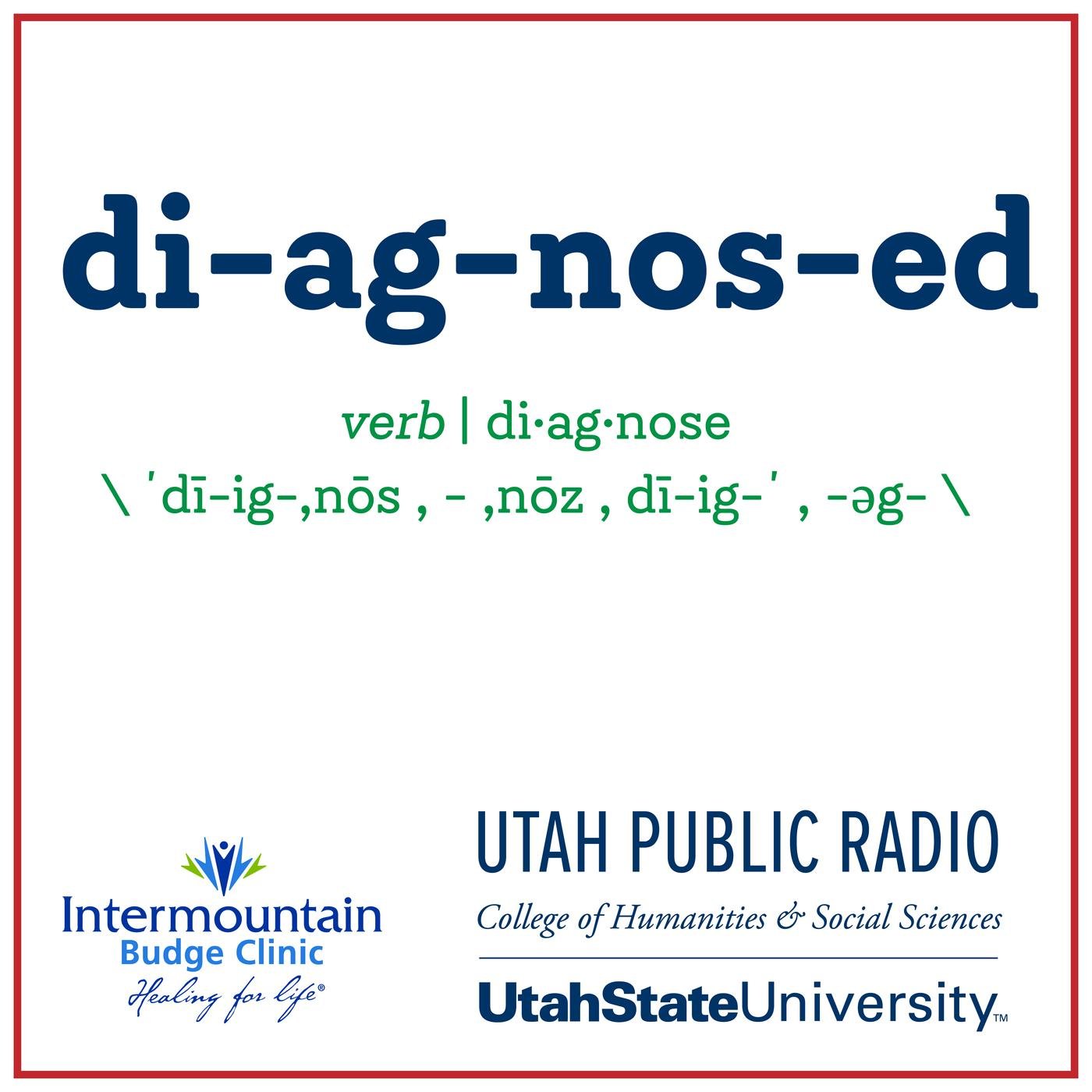

Our series Diagnosed provides an opportunity to monitor the Utah healthcare pulse - the perceptions, beliefs, research and opportunities. Most importantly, this program provides a forum to generate an understanding of the many ways in which healthcare impacts our lives and communities. The series will air on Utah Public Radio during NPR's Morning Edition and All Things Considered. Each month we will dissect a different aspect of healthcare in Utah. Topics will include Utah's emergency medical technicians, rural healthcare and adaptive technology, and the morals and ethics of dying. Support for Diagnosed has been provided in part by our members and Intermountain Healthcare, a Utah-based not-for-profit system of 23 hospitals, 170 clinics, a Medical Group with close to 2,300 employed physicians and advanced practice clinicians, a health plans group under the name SelectHealth, and other medical services. Details found here.
Amanda is a wife. A mother. A blogger. A Christian.
A charming, beautiful, bubbly, young woman who lives life to the fullest.
But Amanda is dying, with a secret she doesn’t want anyone to know.
She starts a blog detailing her cancer journey, and becomes an inspiration, touching and
captivating her local community as well as followers all over the world.
Until one day investigative producer Nancy gets an anonymous tip telling her to look at Amanda’s
blog, setting Nancy on an unimaginable road to uncover Amanda’s secret.
Award winning journalist Charlie Webster explores this unbelievable and bizarre, but
all-too-real tale, of a woman from San Jose, California whose secret ripped a family apart and
left a community in shock.
Scamanda is the true story of a woman whose own words held the key to her secret.
New episodes every Monday.
Follow Scamanda on Apple Podcasts, Spotify, or wherever you listen.
Amanda’s blog posts are read by actor Kendall Horn.